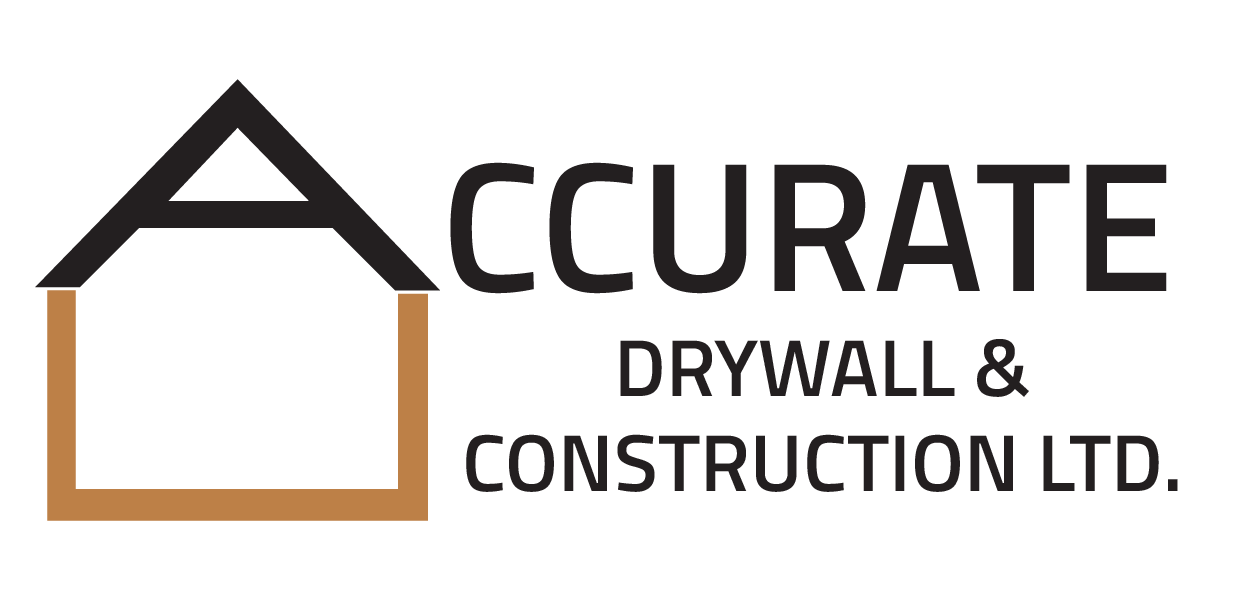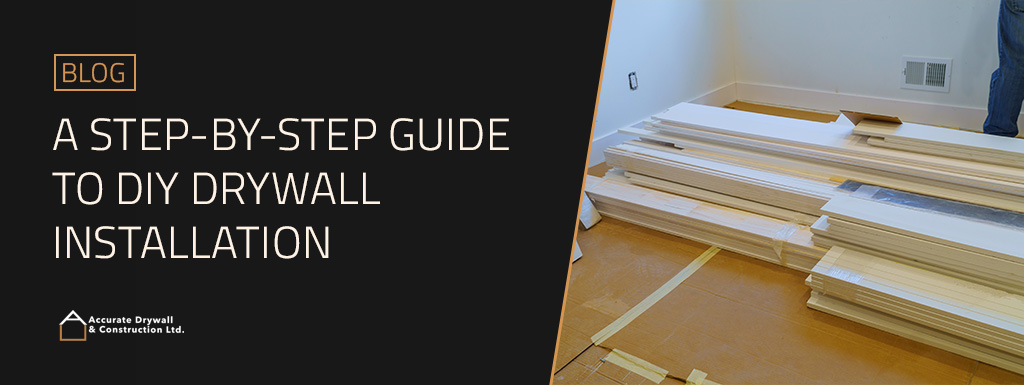A Step-by-Step Guide to DIY Drywall Installation
Drywall installation is a fundamental aspect of any interior construction or renovation project. While it may seem daunting at first, with the right tools, materials, and knowledge, DIY drywall installation can be a rewarding and cost-effective endeavor. In this comprehensive guide, we’ll walk you through the step-by-step process of installing drywall like a pro, ensuring a smooth and professional-looking finish for your walls and ceilings.
Gather Your Tools and Materials: Before you begin, make sure you have all the necessary tools and materials on hand:
- Drywall sheets
- Drywall screws
- Drywall joint compound (mud)
- Drywall tape
- Joint knives (mud knives)
- T-square
- Utility knife
- Screw gun or drill
- Drywall saw
- Measuring tape
- Sanding block or sandpaper
- Safety goggles and dust mask
Measure and Cut Drywall Sheets:
Measure the dimensions of the area to be covered with drywall and mark the measurements on the drywall sheets. Use a T-square and utility knife to score the front surface of the drywall along the marked lines, then snap the sheet along the scored line. Use a drywall saw to cut through the paper backing.
Install Drywall Sheets:
Starting from the top corner of the wall or ceiling, position the drywall sheet against the framing studs or joists. Use a screw gun or drill to drive drywall screws into the studs or joists, placing them every 12 inches along the edges and every 16 inches in the field.
Tape and Mud Joints:
Apply drywall joint tape over the seams between drywall sheets, pressing it firmly into the joint compound. Use a joint knife to apply a thin layer of joint compound over the tape, feathering the edges to create a smooth transition. Allow the first coat to dry completely before applying additional coats, sanding between coats for a smooth finish.
Sand and Finish:
Once the joint compound is dry, use a sanding block or sandpaper to smooth out any imperfections or rough edges. Wipe away dust with a damp cloth before applying primer and paint or wallpaper to finish the drywall surface.
Final Touches:
Install trim, baseboards, and other finishing touches to complete the look of your newly installed drywall. Step back and admire your handiwork, knowing that you’ve successfully completed a professional-quality drywall installation project from start to finish.
Conclusion:
With patience, attention to detail, and the right techniques, DIY drywall installation is within reach for homeowners of all skill levels. By following this step-by-step guide and taking the time to properly prepare and execute each stage of the process, you can achieve professional-looking results and take pride in knowing that you’ve mastered the art of drywall installation.



